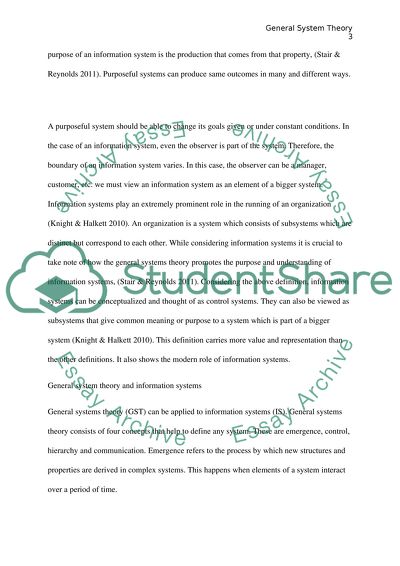Cite this document
(“General Systems Theory Essay Example | Topics and Well Written Essays - 1500 words”, n.d.)
Retrieved from https://studentshare.org/information-technology/1458755-general-systems-theory
Retrieved from https://studentshare.org/information-technology/1458755-general-systems-theory
(General Systems Theory Essay Example | Topics and Well Written Essays - 1500 Words)
https://studentshare.org/information-technology/1458755-general-systems-theory.
https://studentshare.org/information-technology/1458755-general-systems-theory.
“General Systems Theory Essay Example | Topics and Well Written Essays - 1500 Words”, n.d. https://studentshare.org/information-technology/1458755-general-systems-theory.


